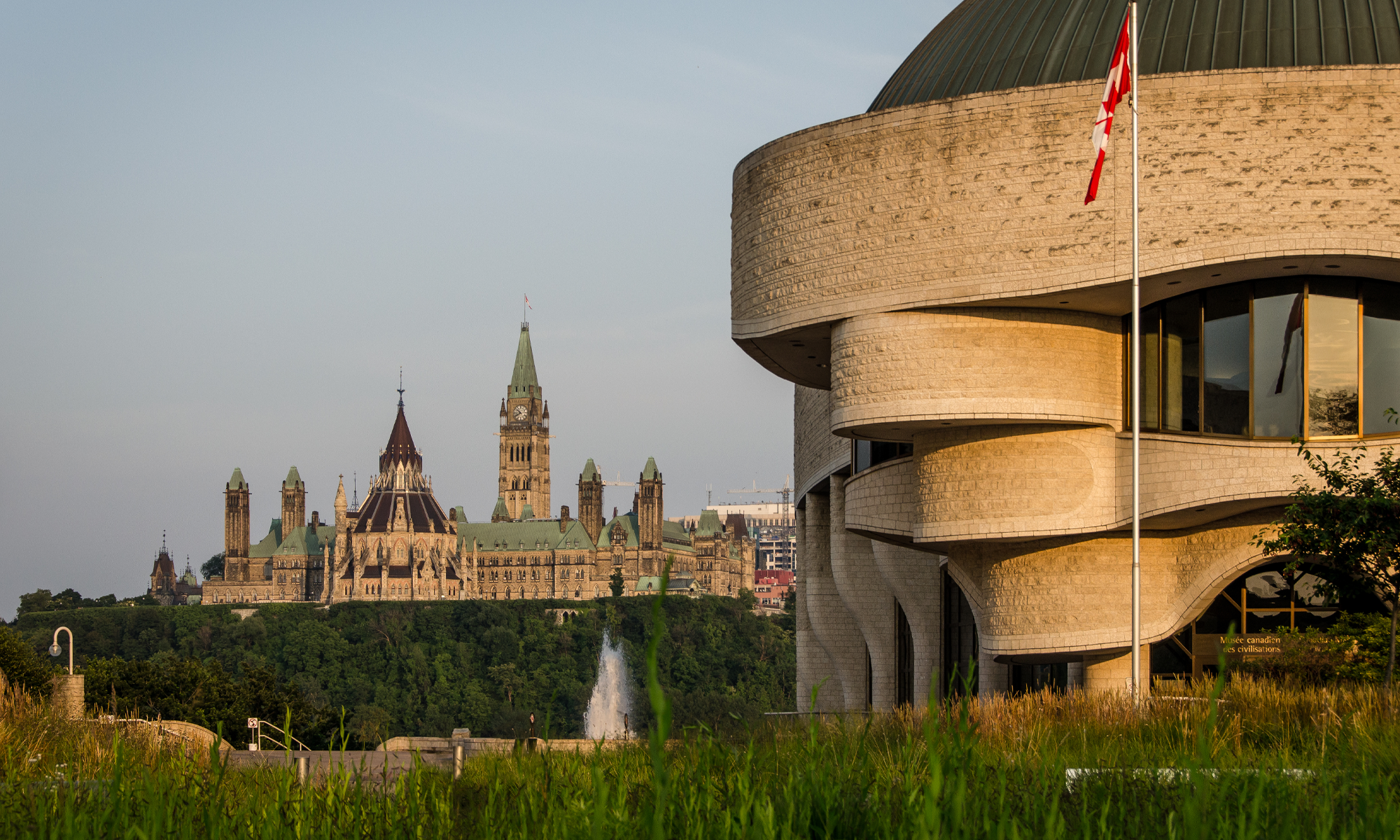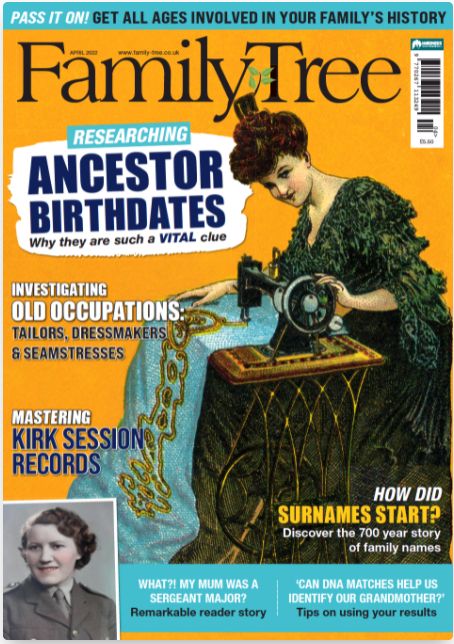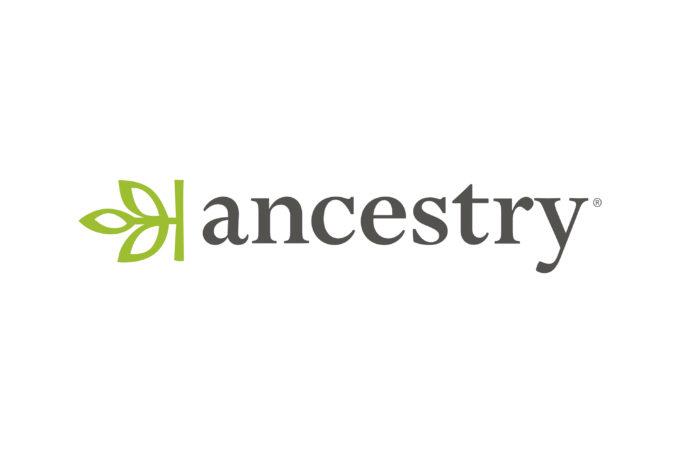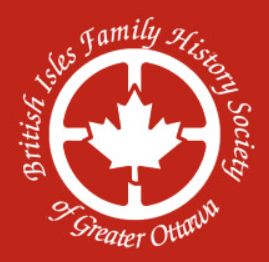Choose from free online events in the next five days. All times are ET except as noted. Those in red are Canadian, bolded if local to Ottawa or recommended
Assume registration in advance is required; check so you’re not disappointed.T
Tuesday 15 Mar. 2 pm: Virtual Genealogy Drop-In, from Ottawa Branch of OGS and The Ottawa Public Library.
https://ottawa.ogs.on.ca/events/
Tuesday 15 Mar, 2:30 pm: Hiding in Cyberspace, by Luana Darby for Allen Country Public Library Genealogy Center. https://acpl.libnet.info/event/6235191
Tuesday 15 Mar. 8 pm: Identifying Unnamed Free Born African Americans – A DNA Case Study, by David Rencher for Legacy Family Tree Webinars.
https://familytreewebinars.com/webinar/identifying-unnamed-free-born-african-americans-a-dna-case-study/
Wednesday 16 Mar. 7 pm: Discovering the Hidden Treasures of Rural Ottawa: Fitzroy, by Barbara Bottriell for Heritage Ottawa.
https://heritageottawa.org/events/discovering-hidden-treasures-rural-ottawa-fitzroy
Thursday 17 Mar. 7 pm: A Fresh Light on Newspapers, by Dave Obee for Brigham Young University Family History Library.
Pre-registration not required.
byu.zoom.us/j/97185943513?pwd=TkUyRkhucTJPMDVmRUROSm1RbWdlZz09

Saturday 19 Mar. 10 am: Irish Protestant Immigration to Upper Canada: A Case Study, by Janice Nickerson for Kingston Branch OGS.
https://us02web.zoom.us/meeting/register/tZItceivrj0rHt3vHGTYpu5z9QA6Jufn8G7Z
Saturday 19 Mar. 1 pm: Software for Genealogists, by Bob Dawes for Quinte Branch OGS. https://quinte.ogs.on.ca/2022/03/09/software-for-genealogists/
Saturday dates corrected.


 The FreeBMD Database was updated on Saturday 12 March 2022 to contain 284,334,041 unique records,
The FreeBMD Database was updated on Saturday 12 March 2022 to contain 284,334,041 unique records,  The March issue is just out and available on PressReader. Four of the feature articles you may find of interest are:
The March issue is just out and available on PressReader. Four of the feature articles you may find of interest are: New Zealand Suffragette Petitioners
New Zealand Suffragette Petitioners Now available, another year is added to Ancestry’s Ontario births collection, now running from 1832 to 1916.
Now available, another year is added to Ancestry’s Ontario births collection, now running from 1832 to 1916. Register in advance at
Register in advance at  New from Pen and Sword,
New from Pen and Sword,